Craftapalooza Designs
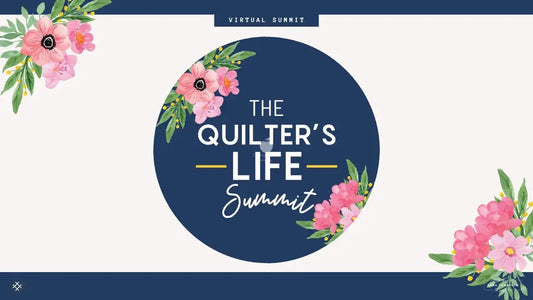
The Quilters Life Summit: Make Time to Quilt wi...
Do you dream of quilting more often - and with more joy? You're not alone. Maybe your fabric stash is growing faster than your list of finished projects. Or you...
The Quilters Life Summit: Make Time to Quilt wi...
Do you dream of quilting more often - and with more joy? You're not alone. Maybe your fabric stash is growing faster than your list of finished projects. Or you...
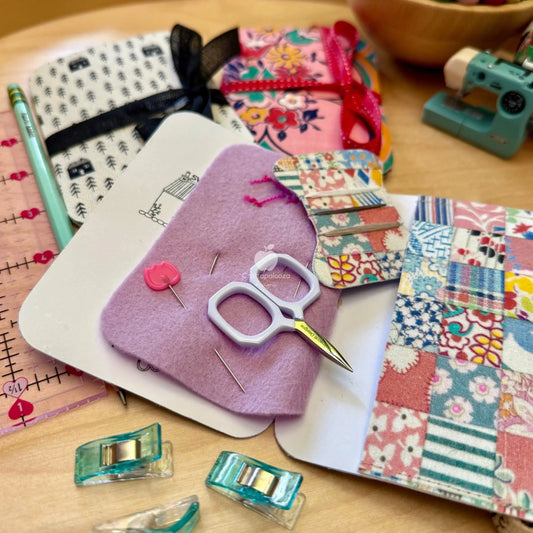
Introducing the Sweet Home Stitch Kit: a Though...
Created with love and attention to detail by Lauren from Molly and Mama and myself, the Sweet Home Stitch Kit is a compact sewing and mending kit designed for practicality...
Introducing the Sweet Home Stitch Kit: a Though...
Created with love and attention to detail by Lauren from Molly and Mama and myself, the Sweet Home Stitch Kit is a compact sewing and mending kit designed for practicality...

Take the Wheel Quilt: A One-Block Wonder for Sc...
If you’re looking for a quilt that’s as fun to make as it is stunning to display, the Take the Wheel quilt is calling your name. This one-block wonder is...
Take the Wheel Quilt: A One-Block Wonder for Sc...
If you’re looking for a quilt that’s as fun to make as it is stunning to display, the Take the Wheel quilt is calling your name. This one-block wonder is...
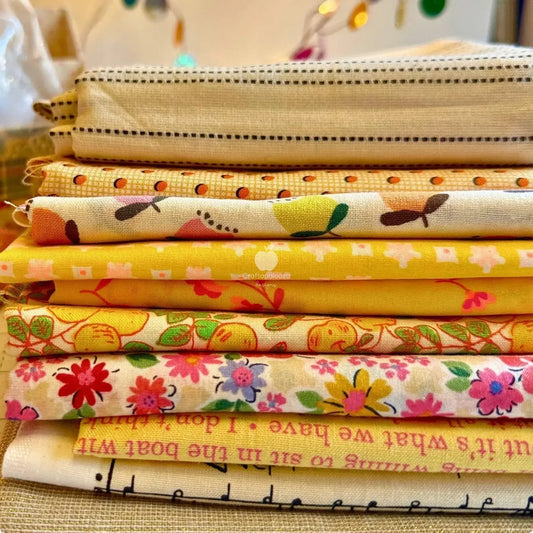
What Are Glimmers and How to Find Them in Your ...
Life is full of little moments - some challenging and others uplifting. While most of us are familiar with the idea of "triggers," which can cause stress or unpleasant memories, fewer people...
What Are Glimmers and How to Find Them in Your ...
Life is full of little moments - some challenging and others uplifting. While most of us are familiar with the idea of "triggers," which can cause stress or unpleasant memories, fewer people...
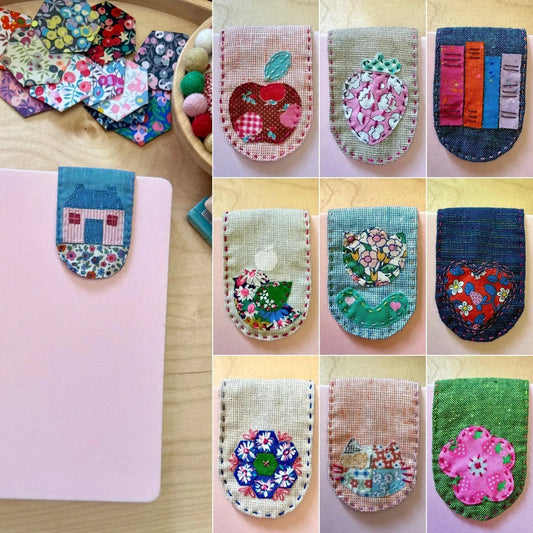
Introducing the Page Pal Bookmark: A Scrap-Frie...
Calling all bookworms and makers! If you’re looking for a small but mighty sewing project, the Page Pal Magnetic Bookmark Pattern is perfect for you. This clever magnetic bookmark keeps your...
Introducing the Page Pal Bookmark: A Scrap-Frie...
Calling all bookworms and makers! If you’re looking for a small but mighty sewing project, the Page Pal Magnetic Bookmark Pattern is perfect for you. This clever magnetic bookmark keeps your...
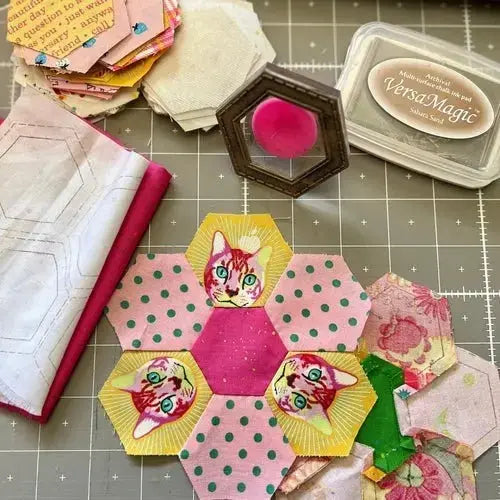
All About Hexagon Stamps and Hand Piecing Hexag...
Recently, I shared my love for hand piecing hexagons (sewing them without papers, which some of you helpfully pointed out as being different from English paper piecing or EPP). Today,...
All About Hexagon Stamps and Hand Piecing Hexag...
Recently, I shared my love for hand piecing hexagons (sewing them without papers, which some of you helpfully pointed out as being different from English paper piecing or EPP). Today,...